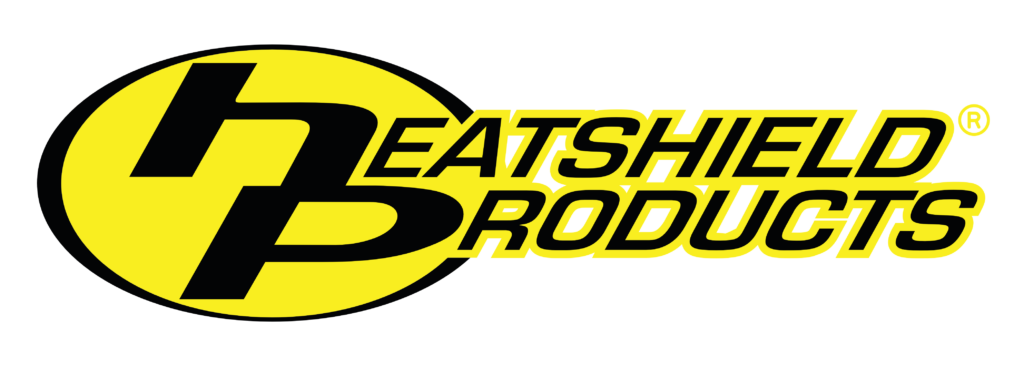When you see an engine compartment that has unwrapped exhaust headers and turbo pipes, you’re looking at unclaimed power and increased inefficiency. Installing a quality exhaust wrap on headers, exhaust pipes and turbocharger piping provides multiple performance and reliability benefits.
- Lowering underhood temperatures
- Improves exhaust scavenging
- Reduce heat exposure to underhood components
- Improve engine bay/header pipe appearance
These benefits by themselves and as a whole can provide solid, noticeable performance improvements, the kind that make the difference between winning and losing, reliability and unexpected breakdowns, and helping to reduce maintenance costs.
Lowering Underhood Temperatures
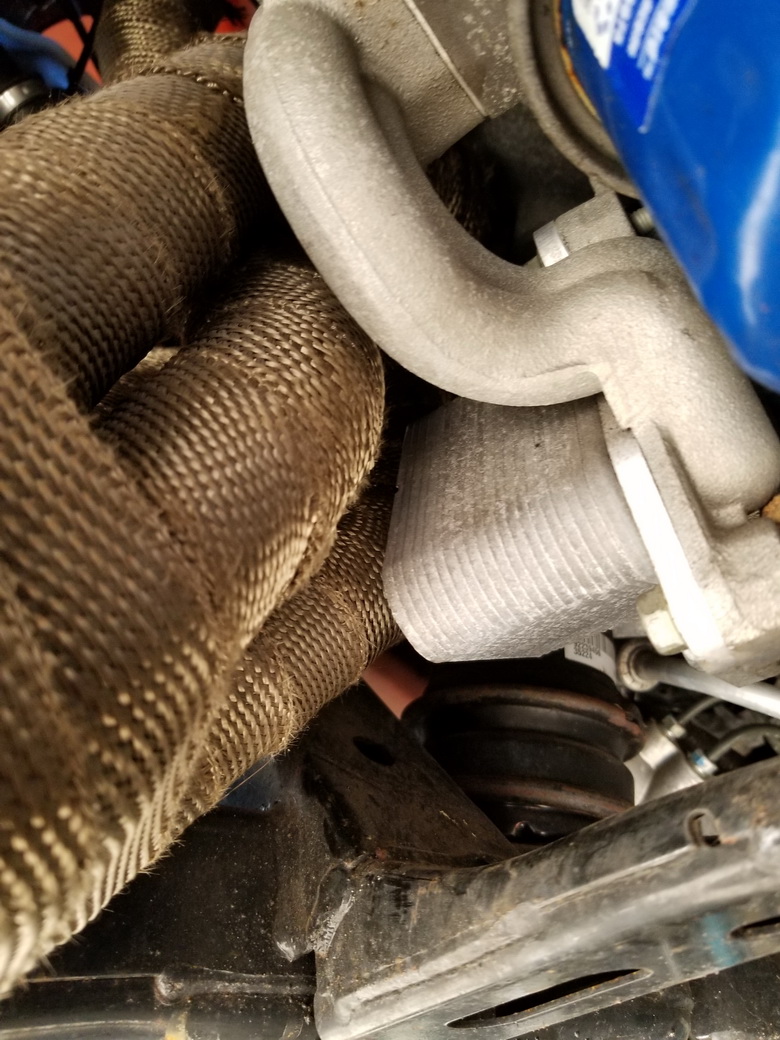
ABOVE: Wrapping exhaust headers and reducing the amount of heat they radiate helps lower underhood temperatures and heat exposure to nearby components. On LS engines, where the header passes in close proximity to the factory oil cooler, insulating the headers helps the oil cooler work more efficiently by keeping it cooler so it can draw more heat from the engine oil.
Installing exhaust wrap on headers and exhaust pipes helps to significantly reducing the amount of heat radiated into the engine compartment. Especially with today’s modern engine compartments that are packed full between the engine itself and peripheral components, cutting underhood temperatures provides multiple benefits. First, it helps to lower the temperature of the air an engine is breathing in, especially with open element air filter and airbox setups. Second, it reduces the amount of heat exposure underhood components are subjected to, increasing component life and reliability. Third, it means less cooldown time after engine shutdown so work/tuning can begin sooner. In this exhaust wrap install and test, we saw an almost 11 degree F drop in underhood temperatures on a 5th Gen Camaro SS.
Increased Exhaust Performance
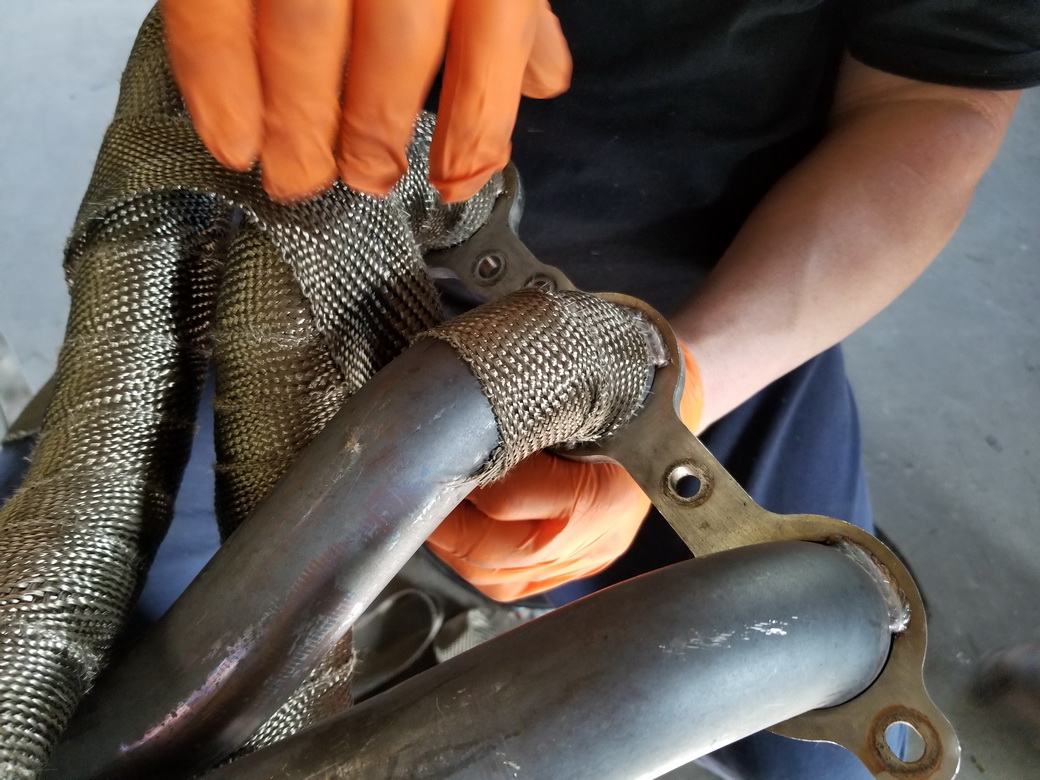
ABOVE: Using exhaust wrap on header pipes and exhaust pipes helps to insulate them and reduce radiated heat. This also raises exhaust gas temperatures (EGTs) which increases exhaust gas velocity and improves engine performance. It also helps to reduce turbo lag and spool time on turbocharged applications.
Installing exhaust wrap to insulate header pipes keeps more heat in the exhaust system, which raises exhaust gas temperatures (EGTs). As EGTs are increased, exhaust gas velocity increases which improves scavenging of exhaust gasses from the engine’s cylinders. The more spent exhaust gasses that are removed from the cylinders (especially during valve overlap when the exhaust and intake valves are both open), the cleaner the next combustion cycle will be thanks. This increases the power potential of the engine. In turbocharged applications, the increased EGTs help to reduce turbo lag and spool time so the engine starts making boost faster and reaches maximum boost quicker.
Improve Engine Bay and Header Appearance
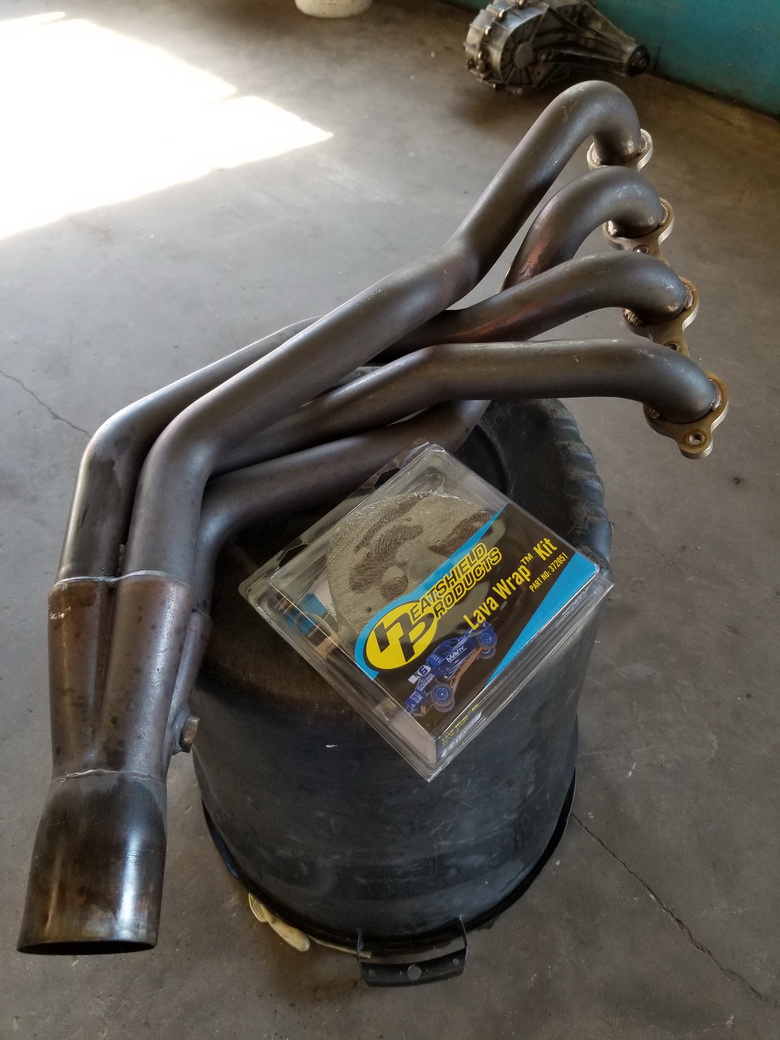
ABOVE: These are high-quality exhaust headers from American Racing. In their natural state they aren’t the most attractive thing to look at after multiple heat cycles. Wrapping them with exhaust wrap can drastically change their appearance while also improving their function.
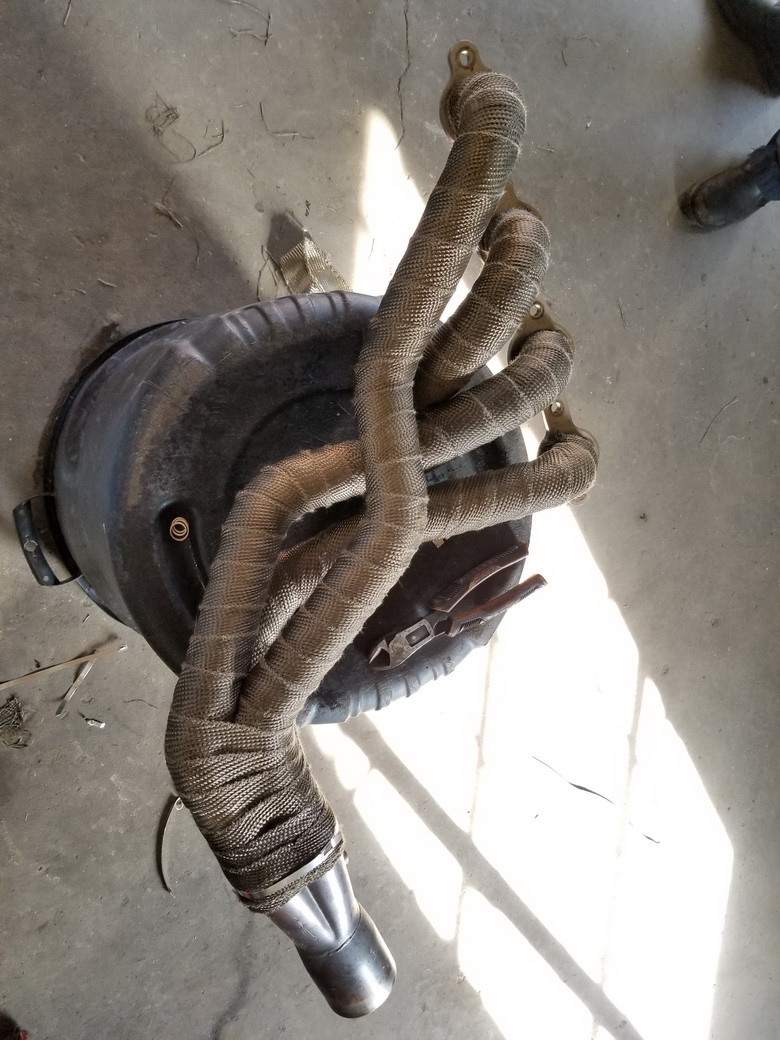
ABOVE: Quite a difference in appearance of the same header fully encased in Lava Exhaust Wrap.
As exhaust headers heat cycle their finish can become dingy and unattractive. This can make for a pretty ugly wart on the surface of an otherwise clean, well detailed engine compartment. When an exhaust wrap like Lava Wrap is used on pipes, it provides a more appealing visual look (similar to carbon fiber) along with its actual performance benefits. Especially on aged, well heat-cycled headers, exhaust pipes or manifolds.
